American Generals privately gloated over the failure of British Field Marshal Bernard Montgomery’s Operation Market Garden in September 1944. The British had conceived the idea, although Allied units from many nations participated in the operation. “Market Garden was a rotten plan, poorly executed,” writes British historian Max Hastings in Armageddon.
Among other blunders, the British decision to drop various elements of the 1st Airborne Division six to eight miles from Arnhem rather than near the highway bridge proved catastrophic to the paratroopers and doomed the operation.
Montgomery, who was keen to get across the Rhine and penetrate the German frontier, had grown impatient with Eisenhower, whose headquarters was still in Brittany nearly 400 miles from the front lines on the Belgium-Netherlands border. Eisenhower still struggled to surmount command-and-control hurdles; for example, staff struggled to perform functions quickly and effectively when it came to processing intelligence and issuing orders. But after the debacle of Market Garden, Eisenhower turned a deaf ear on Montgomery’s strategic proposals.
Montgomery underestimated the ability of the Germans, whom the Allies had chased across northeastern France, to recover and function effectively. Although two SS panzer divisions in the area of the Allied air drops certainly played a key role in thwarting the Allies’ ability to capture some of their key objectives, it was the jumble of an assortment of German sub-units around Arnhem that plagued the British 1st Airborne division. Their presence in defensive positions east of Arnhem slowed the paratroopers’ entry into the town. Indeed, SS Colonel Ludwig Spindler managed to cobble together elements of 16 units to defend the approaches to Arnhem.
The British found themselves hopelessly outgunned in Arnhem with the appearance of elements of the II SS Panzer Corps. Simply put, the nine British paratrooper battalions around Arnhem faced 14 German battalions equipped with tanks, artillery, and armored vehicles. The Germans also possessed the deadly panzerfaust, which they used with telling effect in the campaign to pick off Allied tanks and vehicles.
British soldiers recalled trying to hold street corners only to hear clatter of tracks indicating a tank was headed their way. A tank engine would start up and then there was “the sudden, terrible sight of a tank coming round a corner, traversing its turret towards you,” wrote John Killick, an intelligence officer with the 1st Airborne Division.
The saga of the 9th and 10th panzer divisions is impressive. The Allies should have annihilated them along with other German armored formations in the Falaise Pocket the previous month, but both had managed to escape total destruction.
The 10th SS Panzer Division had two companies equipped with some long-barreled Panzer IVs, and two other companies outfitted with some Sturmgeschutz 40 Ausf G assault guns. The 9th SS Panzer Division’s 1st Panzer Battalion possessed some Panzerkampfwagen V Panther tanks. The 506th Heavy Tank Battalion equipped with Tiger II tanks reinforced the two divisions late in the battle.
Despite the presence of battle-hardened German units that were not demoralized as the Allies expected, the British and Americans participating in Operation Market Garden might have succeeded if they had attacked boldly and resolutely. But many participating in the assault treated it as just another operation. They deceived themselves into believing that since they had made it all of the way across France, they might be able to find a quick and easy way into Germany. The Germans divested them of this notion for the time being.
—William E. Welsh
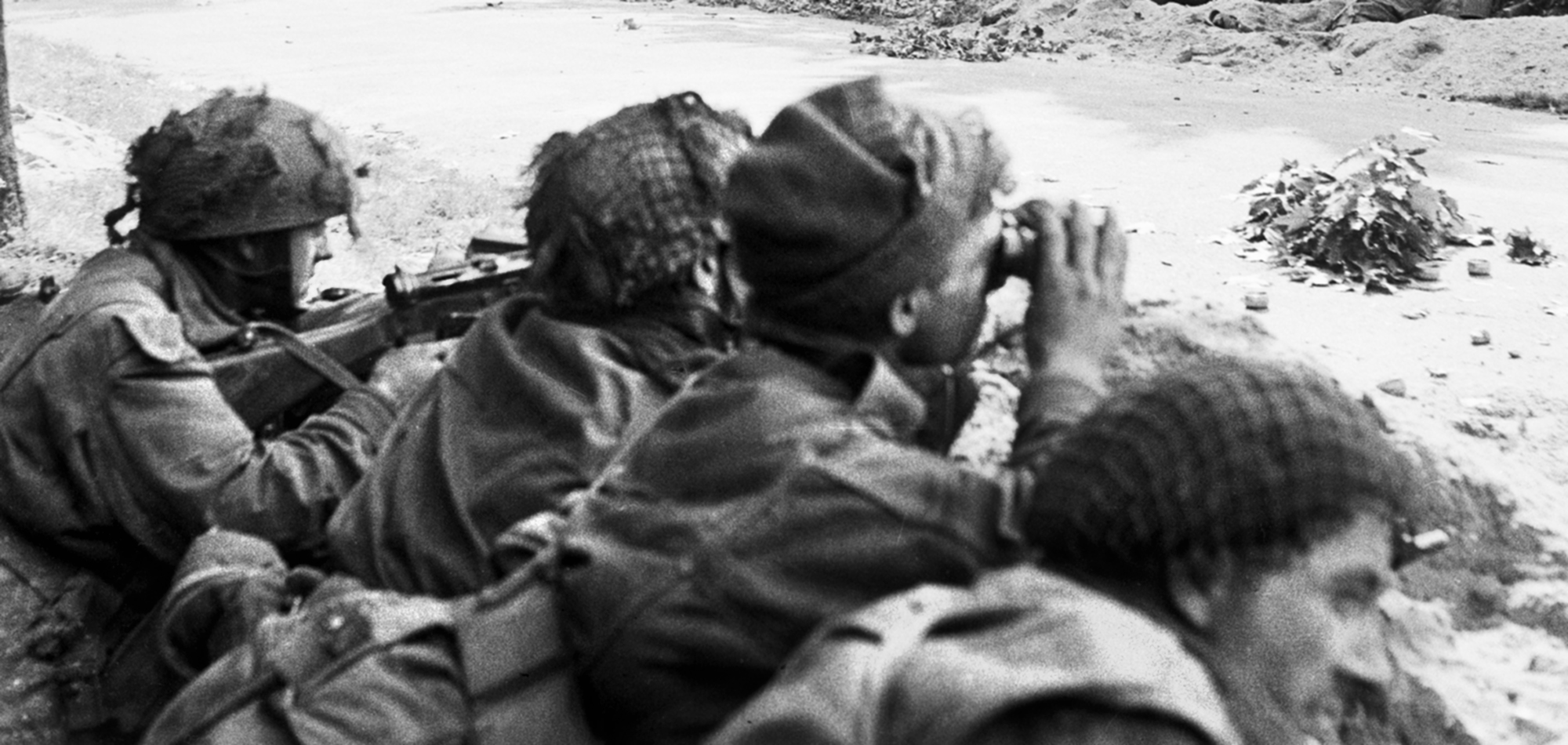
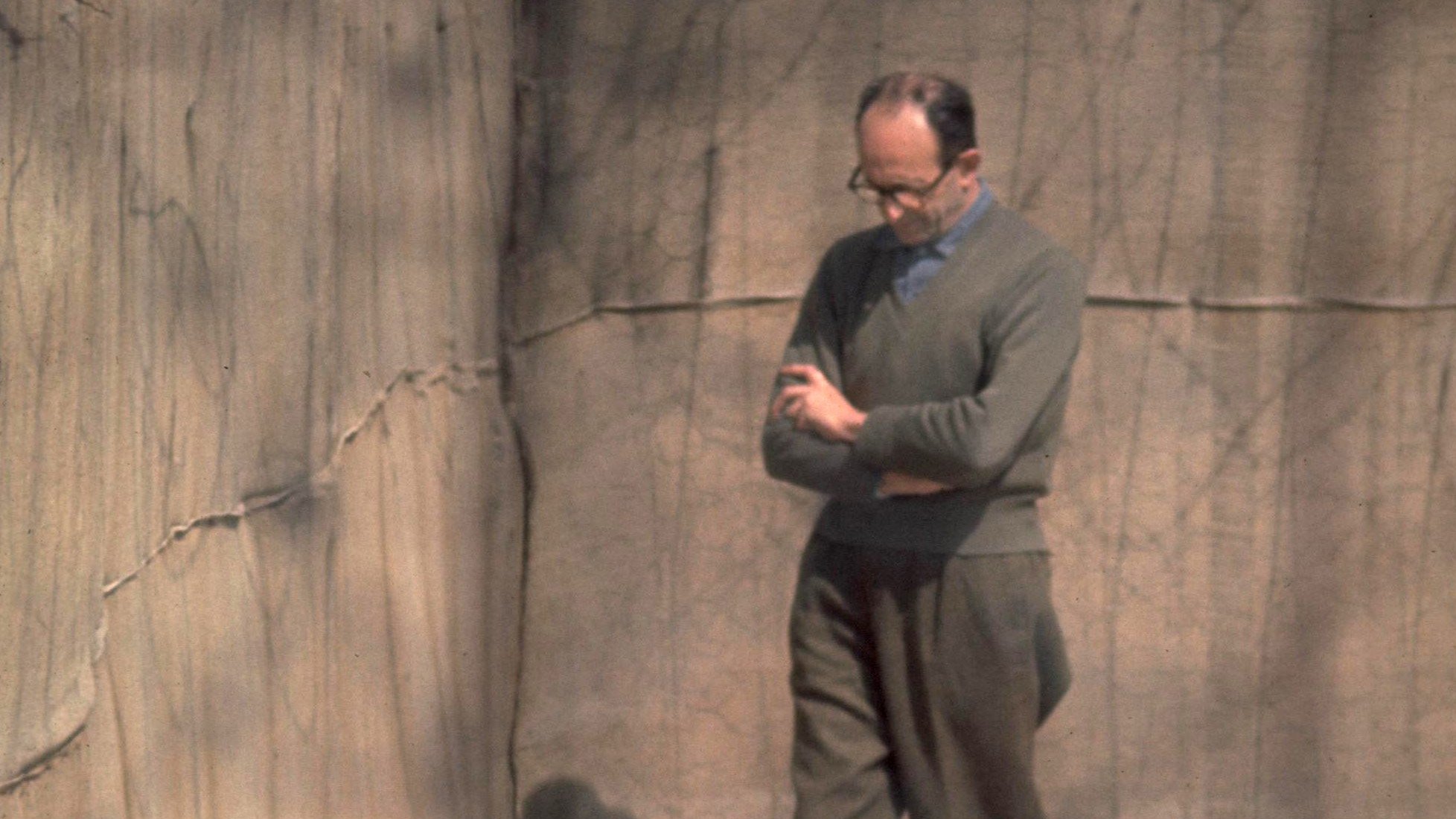
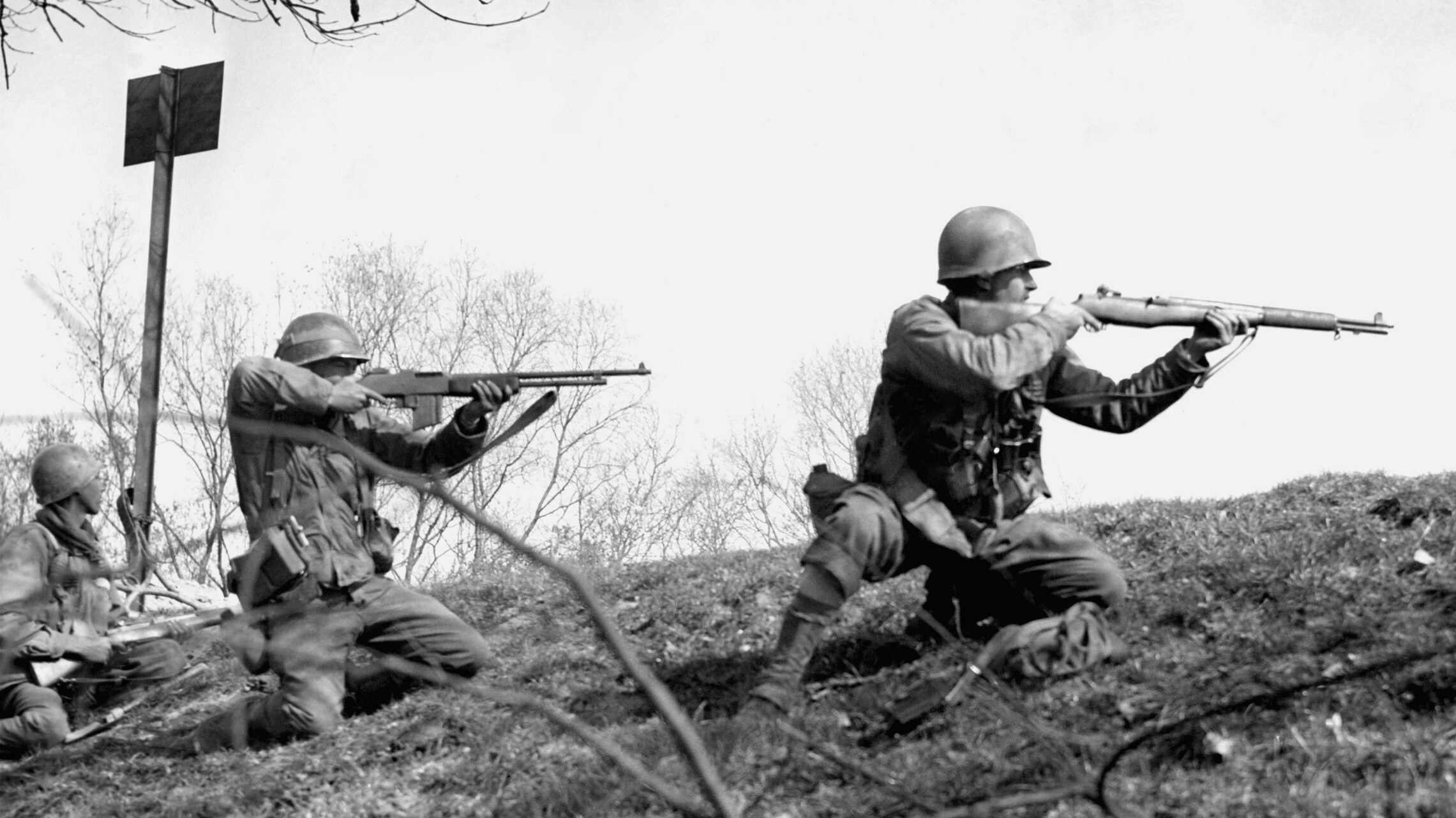
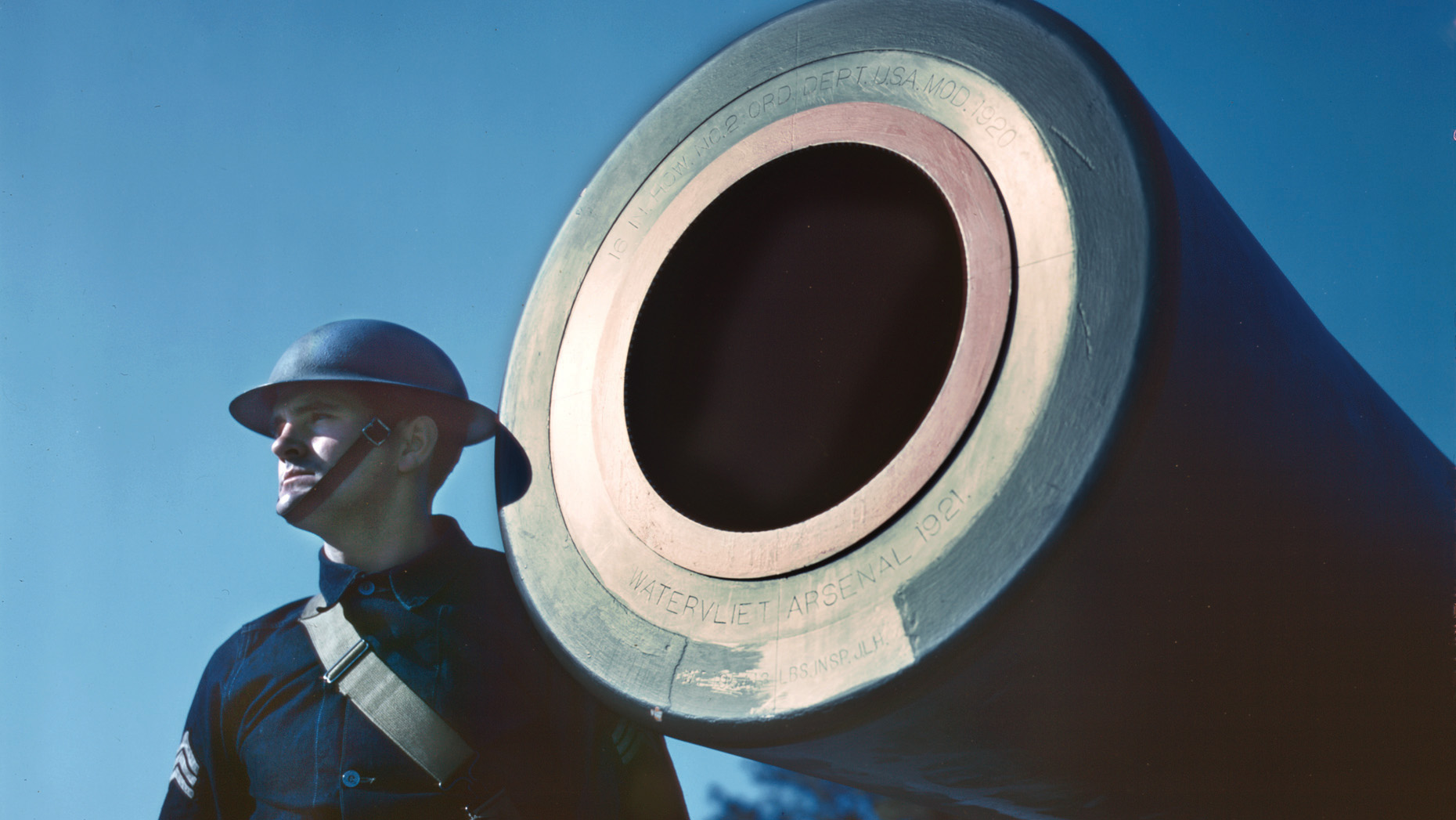
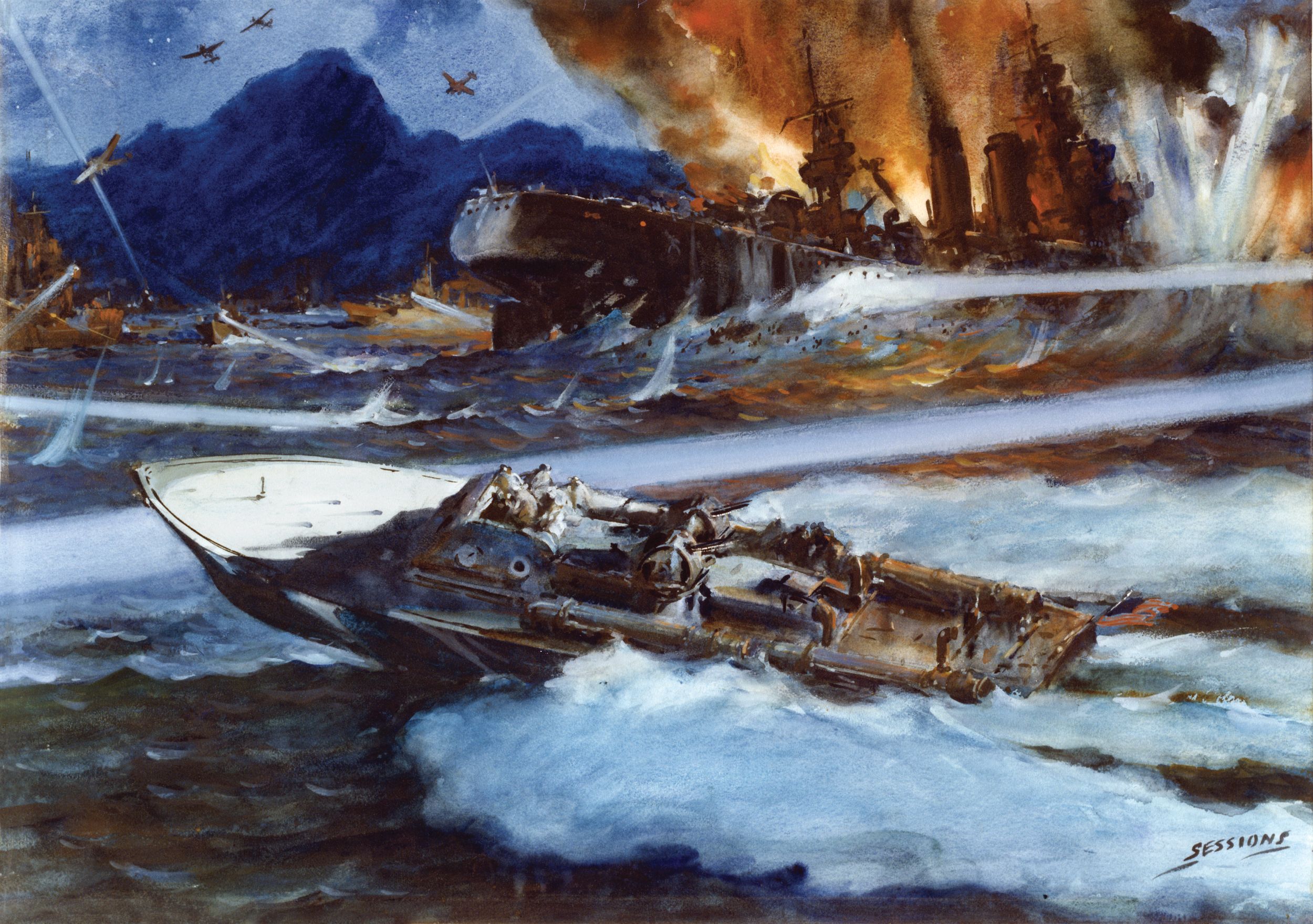
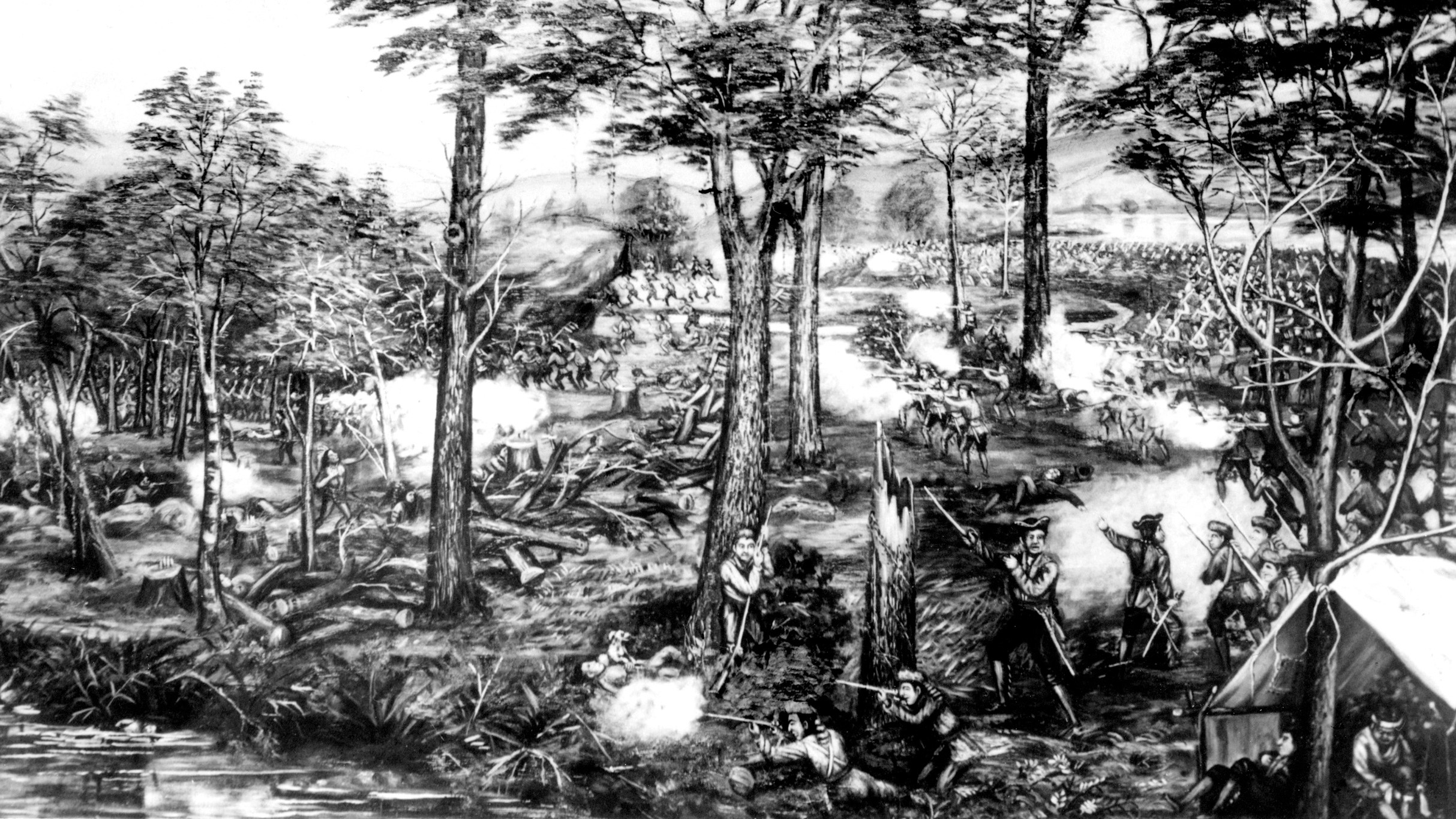
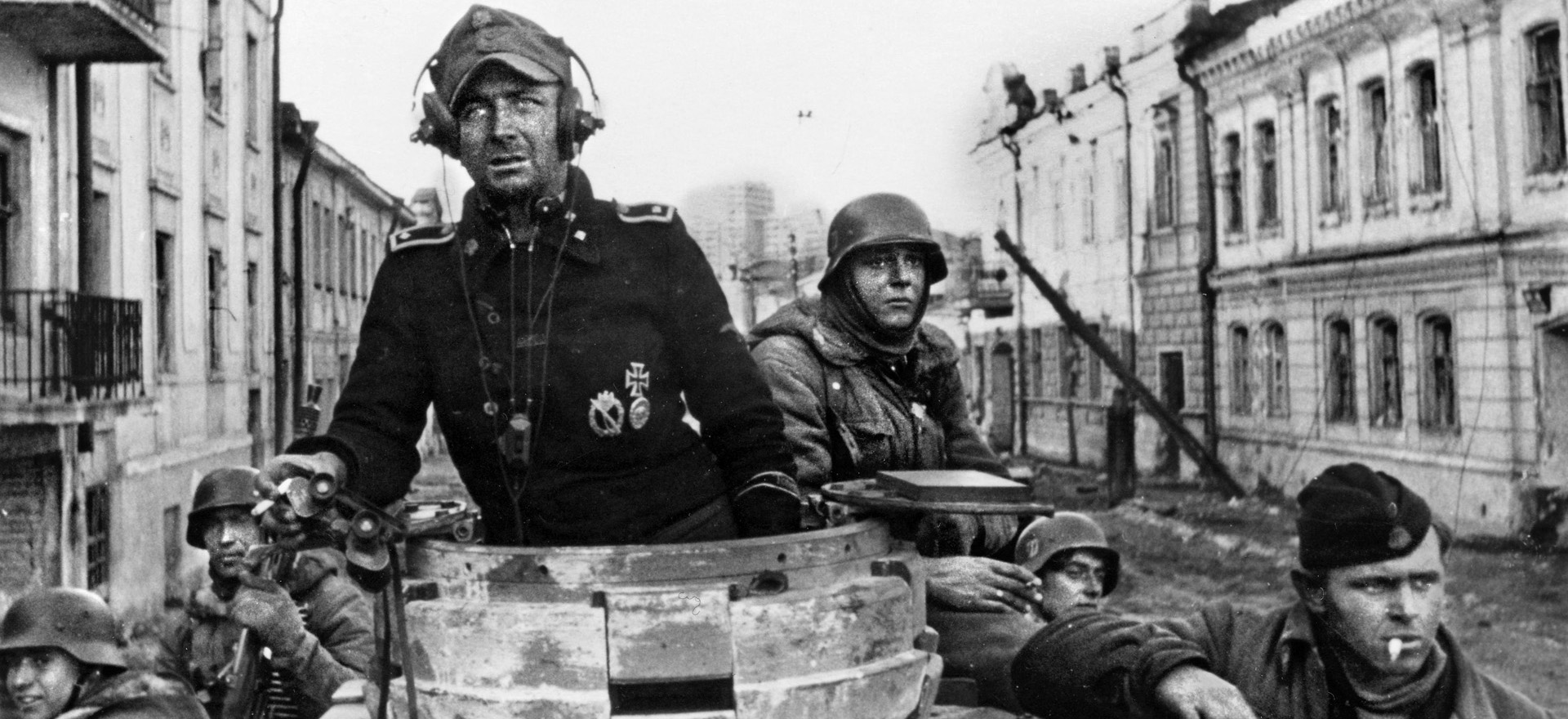
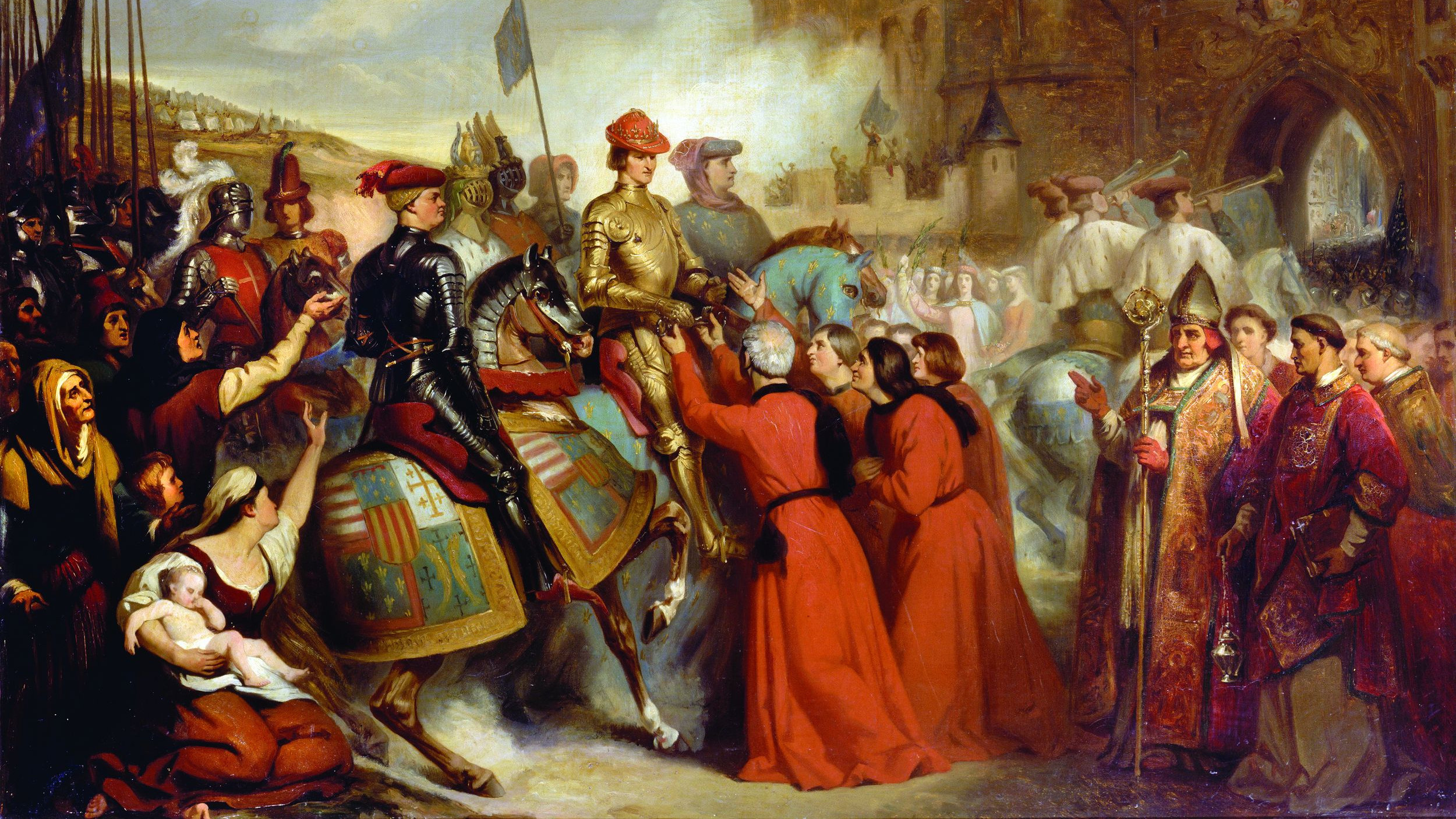
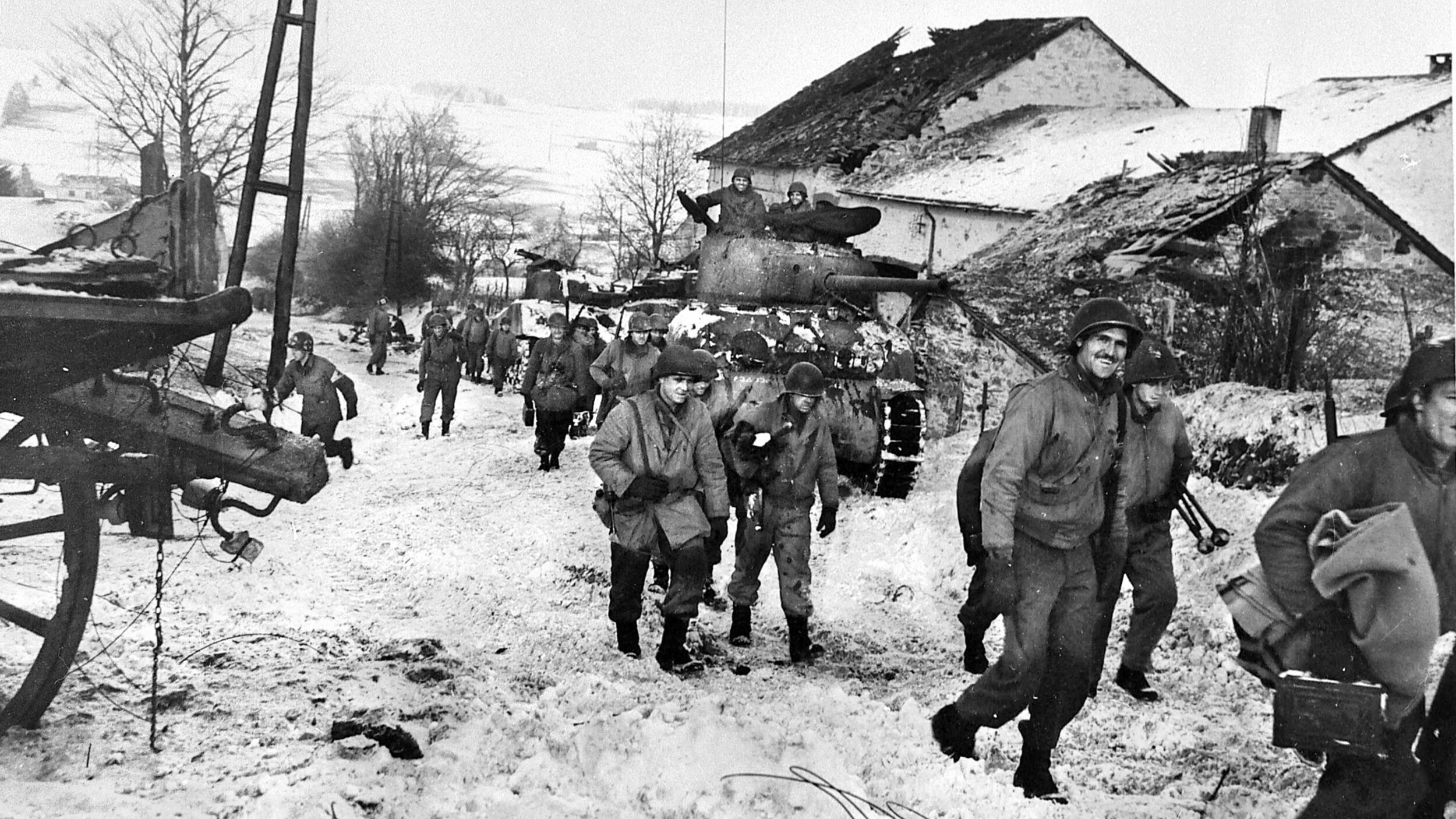
After Sicily, Montgomery seemed to have a desire to prove he was as a hard charger as Patton. Trouble was that he relied on a complex operation that required all parts to come together as planned in order to succeed. At that point in the war, the Germans were still quite stronger than the allies believed.